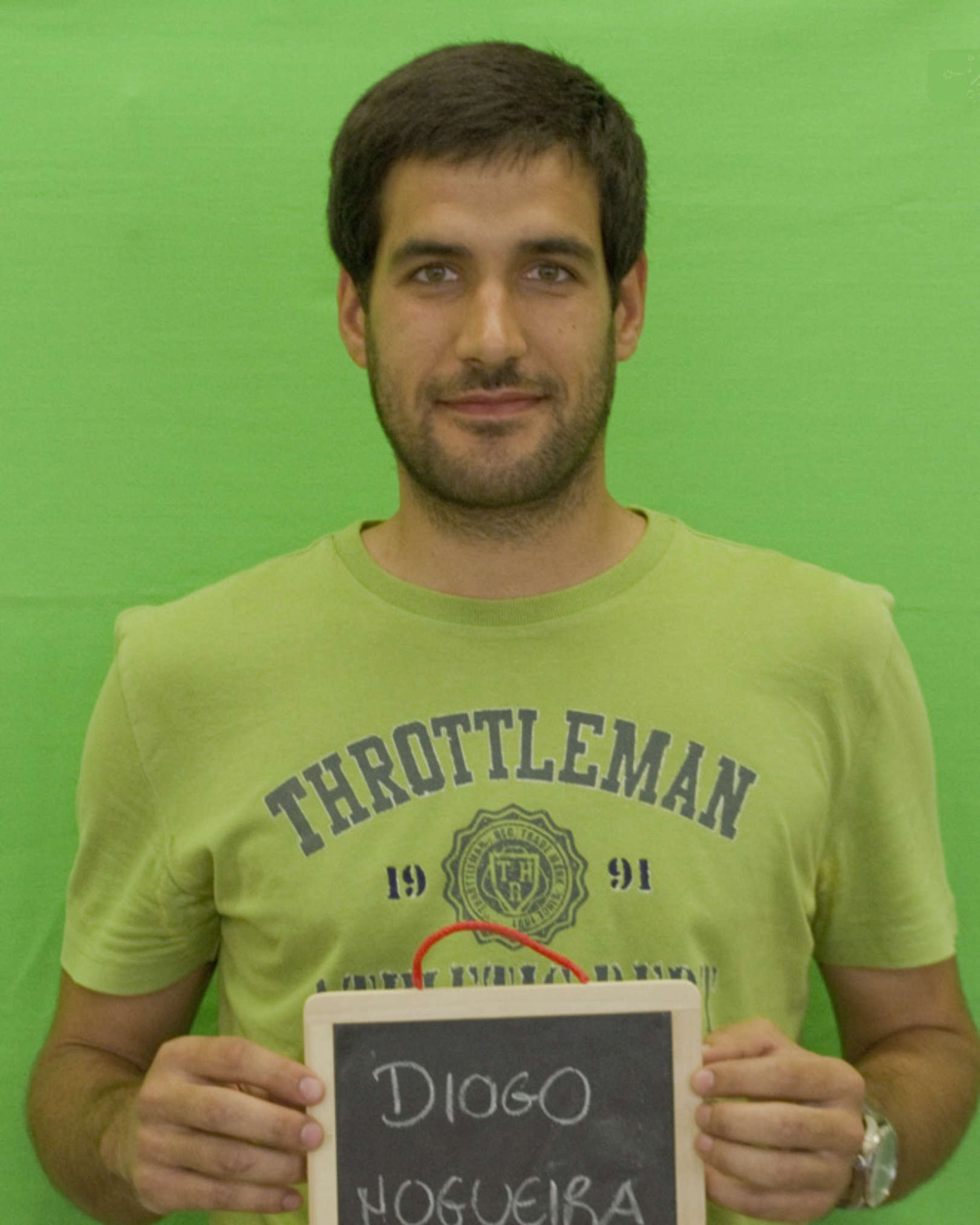About
Diogo Marcelo Esterlita Nogueira, I was born on March 27, 1990. I am from São João da Pesqueira, Viseu and presently I live in Porto.
I am graduated in Biomedical Engineering by the University of Trás-os-Montes and Alto Douro (concluded in 2011) and I completed my Master's degree in Medical Physics, by the Faculty of Sciences of the University of Porto in 2014.
I started my professional career at INESC TEC in 2012, at the former Optoelectronics and Electronic Systems Unit, which today is called Center of Applied Photonics. During this period, I collaborated in the EYEFRY research project, whose participation ended in 2016.
In 2016 I joined another INESC TEC center, the LIAAD, and currently i'm working in the area of data mining and machine learning.


